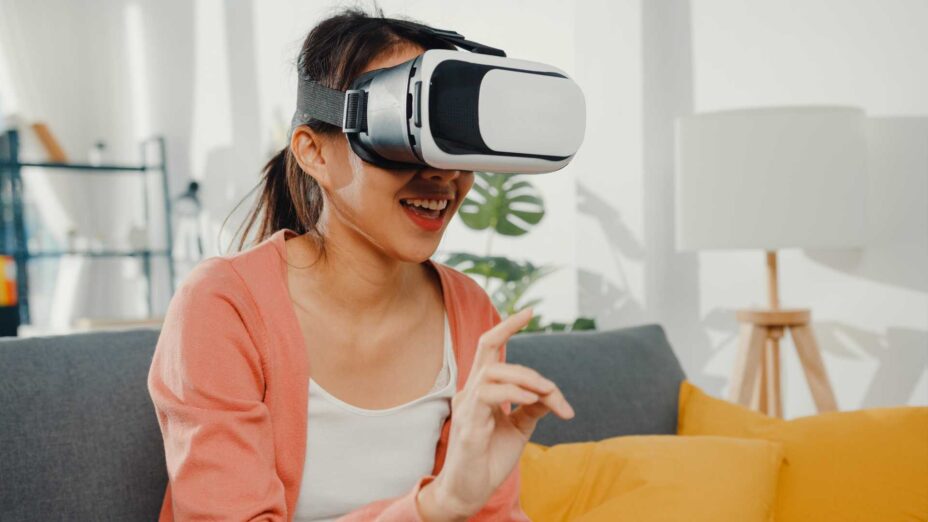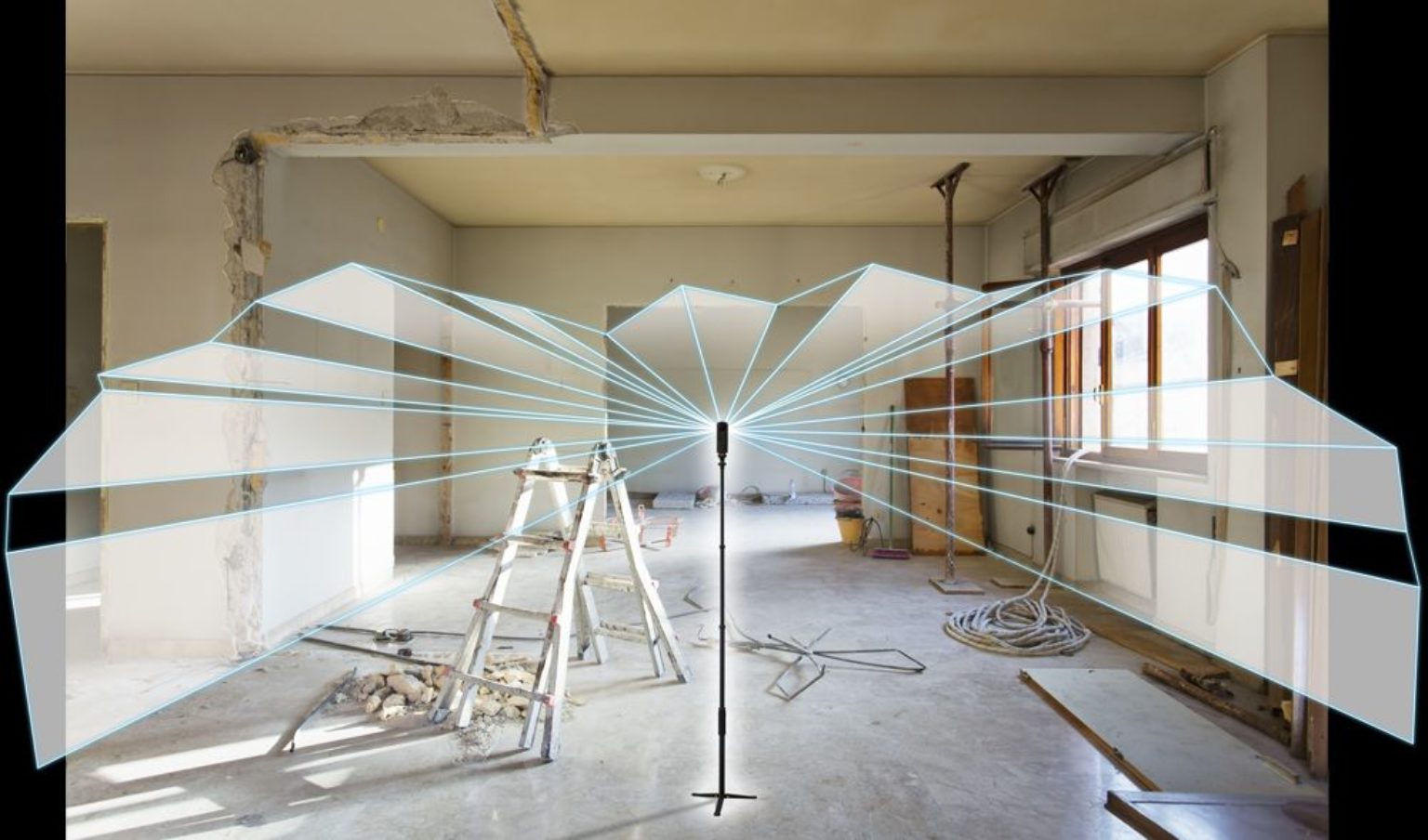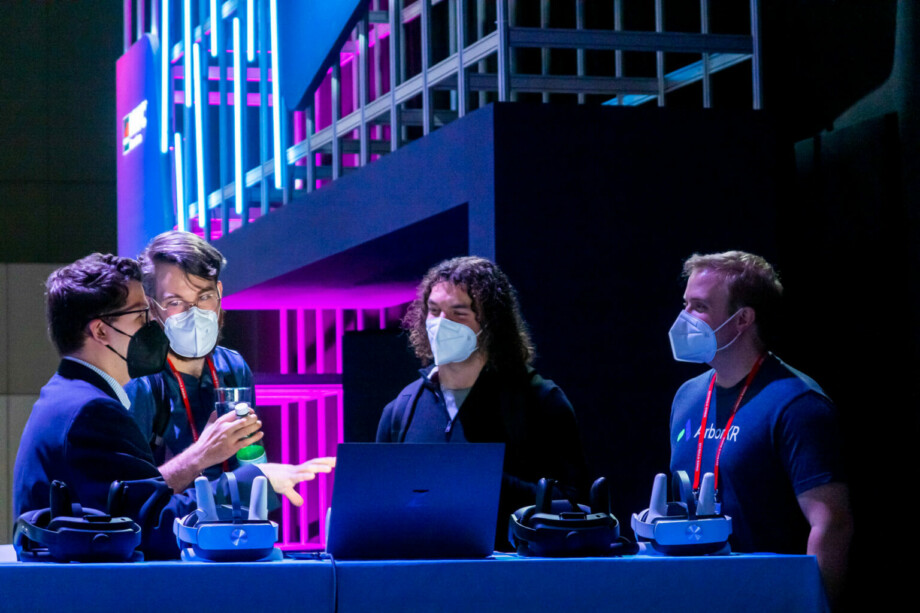Before the COVID-19 pandemic, no one could have imagined how quickly and drastically the world would shift to remote working. Now that we’re emerging in the post-COVID era, many workplaces are offering flexible working solutions, from entirely remote working to hybrid working, or choosing to be in the office full-time.
With this new approach to the workplace, comes a need for a new approach to train the modern workforce, too.
This article will address the key challenges faced with hybrid training in particular, where some of the workforce is working remotely and others are together in person.
Collaboration
One of the biggest challenges of hybrid work is that the workforce can be very geographically dispersed, making it difficult to generate the sense of connection and collaboration required for effective learning to take place.
One solution is to meet in virtual reality (VR). This has been proven to replicate the feeling of connection and presence similar to being physically present with someone else. Some companies hold weekly meetings in VR to facilitate the feeling of bringing everyone together.
This can be translated into training as well, so that everyone can be in the same virtual environment and interact in real-time with each other. Here are three ways in which VR can facilitate collaboration:
- Role-play exercises where one person acts as the client, while the other person tries to sell them the company’s product or service. In VR, participants can easily switch roles and therefore viewpoint, and more easily take on the different roles through virtual embodiment. This makes the role play exercise as close to the real situation as possible and enables learners to psychologically adjust to being “in the client’s shoes.”
- Virtual classroom learning where a physical classroom is replicated in VR. This enables people to meet from around the world and be immersed in a virtual learning environment together with the same facilitator. Stanford University has used this method to teach an entire module in VR for the first time.
- Technical skills training can be taught collaboratively in VR as well, bringing a hybrid workforce into the same virtual space. Even surgeons are using VR to practice operating on patients virtually as part of their training.
Engagement
It can be challenging for training facilitators to manage a hybrid workforce and keep all learners engaged because best practices for delivery vary between face to face and remote learning. This is where VR can provide an interactive, experiential learning approach for everyone.
PwC research found that VR enables people to actively learn through experience, allowing them to complete training up to four times faster than classroom training. In addition, learners are four times more focused during training in VR than their eLearning peers, and 1.5 times more focused than their classroom colleagues, the research found.
Some VR scenarios can even replicate the exact same physical office environment that learners are familiar with. For example, a company-specific meeting room or training facility could be replicated so that managers can realistically practice giving feedback to their colleagues for their annual review.
Maintaining Quality at Scale
Hybrid training means that organizations need to ensure that the quality of learning and opportunities for learning are equal for staff both in the office and those working remotely.
The benefit of VR learning is that self-paced learning exercises can provide standardized, interactive and high-quality learning material, regardless of where the learning takes place.
Key training topics like diversity, equity and inclusion (DEI), leadership communication and sexual harassment prevention can be developed in VR with an online simulation option too, and then issued to employees across the globe. This provides the organization with the security that everyone in the company has undergone the same quality-assured learning experience, without sourcing numerous facilitators for each region.
Measuring Impact
Measuring the impact or behavior change of training with a hybrid workforce brings its own challenges, but by using VR to provide a standardized learning experience, companies can provide personalized feedback and impact for each individual learner.
A significant amount of real-time performance data can be collected in VR, which can be analyzed to identify skills gaps and areas for improvement, helping to bring a more quantitative approach to learning and improvement.
For example, someone undergoing public speaking training in VR can get real-time feedback on their eye contact, how quickly they were speaking, if they were speaking loudly enough, and more. This quantitative data for soft skills is difficult to obtain otherwise in solely in- person or online training settings.
Conclusion
As with any technology, there are a range of factors to consider before diving in headfirst. All learning and learning methods should start from a place of being solution-led and goal-focused for the best learning outcomes and cost efficiency.
Effective training extends beyond technology and research has shown the behavioral change of VR learning is more effective in the long-term than traditional classroom or purely online learning.Hybrid training means that organizations need to ensure that learning opportunities are equal for all.
Quelle:




